McDonnell Douglas DC-10-30 AOM Cubana Model
Production Time 9 to 10 weeks
Shipment is by FedEx, UPS or DHL International Express Courier with a normal door-to-door delivery time worldwide of within 2-3 business days after dispatch. Due to the current volatility of world fuel prices, the amount mentioned here is our best estimate for DHL and UPS and may be subject to change at the time of shipping.

Product statistics
Length: 17 Inches (43.2 Centimeters)Wingspan: 16.5 Inches (41.9 Centimeters)
Height: 2.00 Inches (5.1 Centimeters)
Scale: 1:120
$239.50
Manufacturer: McDonnell Douglas
Production Time 9 to 10 weeks
-
United States dollar ($)
-
Pound sterling (£)
-
Euro (€)
-
Australian dollar ($)
-
Canadian dollar ($)
-
Singapore dollar ($)
-
Swiss franc (CHF)
-
Japanese yen (¥)
-
Danish krone (kr.)
-
Hong Kong dollar ($)
-
Norwegian krone (kr)
-
Swedish krona (kr)
General Product Description
Our ReplicaHangar McDonnell Douglas DC-10-30 AOM Cubana Model exhibits unique, unrivaled quality and detailed design to come as close as possible to the accuracy of the actual plane. It comes as standard with a robust, durable base or stand which is available in a variety of different finishes designed to match your own personal requirements including solid wood, wood with polished metal supports or adjustable wood wall mount and will be ready within about 9-10 weeks from placement of order.
The McDonnell Douglas DC-10-30 AOM Cubana Model is made of the finest kiln dried renewable mahogany wood (commonly known as Lauan or Meranti) which has undergone many stages of carving and meticulous and careful sanding giving the beautiful finished museum quality masterpiece. Many collectors and model connoisseurs demonstrate their preference for genuine handmade and hand painted mahogany wood models rather than plastic or die cast (diecast) alternatives due to the overall look and totally different feel of the item - we trust you will find the same. We can, however, if required produce the same model in Solid Cast Resin so just click and contact us us for further information. Our craftsmen and gifted artisans ensure that our finely handcrafted model airplanes match the precise blueprint details of the original aircraft. The paint scheme, markings and parts are closely matched, reflecting the original aircraft. This stylish top-quality desktop replica model will surely enthrall anyone who receives this as a gift and for sure one of the most appropriate and desirably collectable gifts for any aviation enthusiast and avid aircraft collector whilst also displaying a perfect resemblance to the actual aircraft.
If you require we can also make the McDonnell Douglas DC-10-30 AOM Cubana Model in any other airline, private livery or colour scheme you require and if necessary in a different size or scale. Just click here to contact us with a description or photographs of what you require, and we will let you have a quotation for the necessary customization by return email. We can also make bespoke scale replicas of any other private / civil commercial airliner or airliners, helicopter, glider, gliders with engines, military jet, warplane jets, propeller warplanes, biplane, triplane, tail fin, spacecraft, rocket or NASA model you require in any airline, military or civilian livery or colors. We also produce model airships, blimp, dirigible, blimps, boat and ship collectibles. Wall plaque or seal for military, government or private customers. Again, by clicking here to contact us just let us know exactly what you need.
& Air New Zealand Flight 901& ([& was a scheduled& Air New Zealand& Antarctic& sightseeing flight that operated between 1977 and 1979, from& Auckland Airport& to Antarctica and return via& Christchurch; as there was no stop in Antarctica, the trip was a looping “flight to nowhere”. On 28 November 1979, the fourteenth flight of TE-901, a& McDonnell Douglas DC-10-30& registered ZK-NZP, collided with& Mount Erebus& on& Ross Island, Antarctica, killing all 237 passengers and 20 crew on board.& The accident is commonly known as the& Mount Erebus disaster
The initial investigation concluded the accident was caused by pilot error but public outcry led to the establishment of a& Royal Commission of Inquiry& into the crash. The commission, presided over by& Justice Peter Mahon, concluded that the accident was caused by a correction made to the coordinates of the flight path the night before the disaster, coupled with a failure to inform the flight crew of the change, with the result that the aircraft, instead of being directed by computer down& McMurdo Sound& (as the crew assumed), was re-routed into the path of Mount Erebus. In Justice Mahon’s report, he accused Air New Zealand of presenting “an orchestrated litany of lies” and this charge in the end led to changes in senior management at the airline. The accident remains& New Zealand’s deadliest peacetime disaster
The flight was designed and marketed as a unique sightseeing experience, carrying an experienced Antarctic guide who pointed out scenic features and landmarks using the aircraft public-address system, while passengers enjoyed a low-flying sweep of& McMurdo Sound4& The flights left and returned to New Zealand the same day.
Flight 901 would leave& Auckland International Airport& at 8:00& am for Antarctica, and arrive back at& Christchurch International Airport& at 7:00& pm after flying a total of 5,360 miles (8,630& km). The aircraft would make a 45-minute stop at Christchurch for refuelling and crew change, before flying the remaining 464 miles (747& km) to Auckland, arriving at 9:00& pm. Tickets for the November 1979 flights cost& NZ$359 per person (equal to about NZ$1,386 in the first quarter of 2013).
Dignitaries such as& Sir Edmund Hillary& had acted as guides on previous flights. Hillary was scheduled to act as the guide for the fatal flight of 28 November 1979, but had to cancel owing to other commitments. His long-time friend and climbing companion,& Peter Mulgrew, stood in as guide.
The flights usually operated at about 85% of capacity; the empty seats, usually the centre ones, allowed passengers to move more easily about the cabin to look out of the windows.
The aircraft used on the Antarctic flights were Air New Zealand’s eight& McDonnell Douglas DC-10-30& trijets. The aircraft on 28 November was& registered& ZK-NZP. The 182nd DC-10 to be built, and the fourth DC-10 to be introduced by Air New Zealand, ZK-NZP was handed over to the airline on 12 December 1974 at McDonnell Douglas’s Long Beach plant. It was the first Air New Zealand DC-10 to be fitted with& General Electric CF6-50C& engines as built, and had logged 20,750 flight hours prior to the crash.
| Weight | 6 kg |
|---|---|
| Dimensions | 17 × 16.5 × 2.00 in |
Be the first to review “McDonnell Douglas DC-10-30 AOM Cubana Model” Cancel reply
Related products
Private & Civilian
Private & Civilian
Private & Civilian
Private & Civilian
Private & Civilian
Private & Civilian
Private & Civilian
Private & Civilian

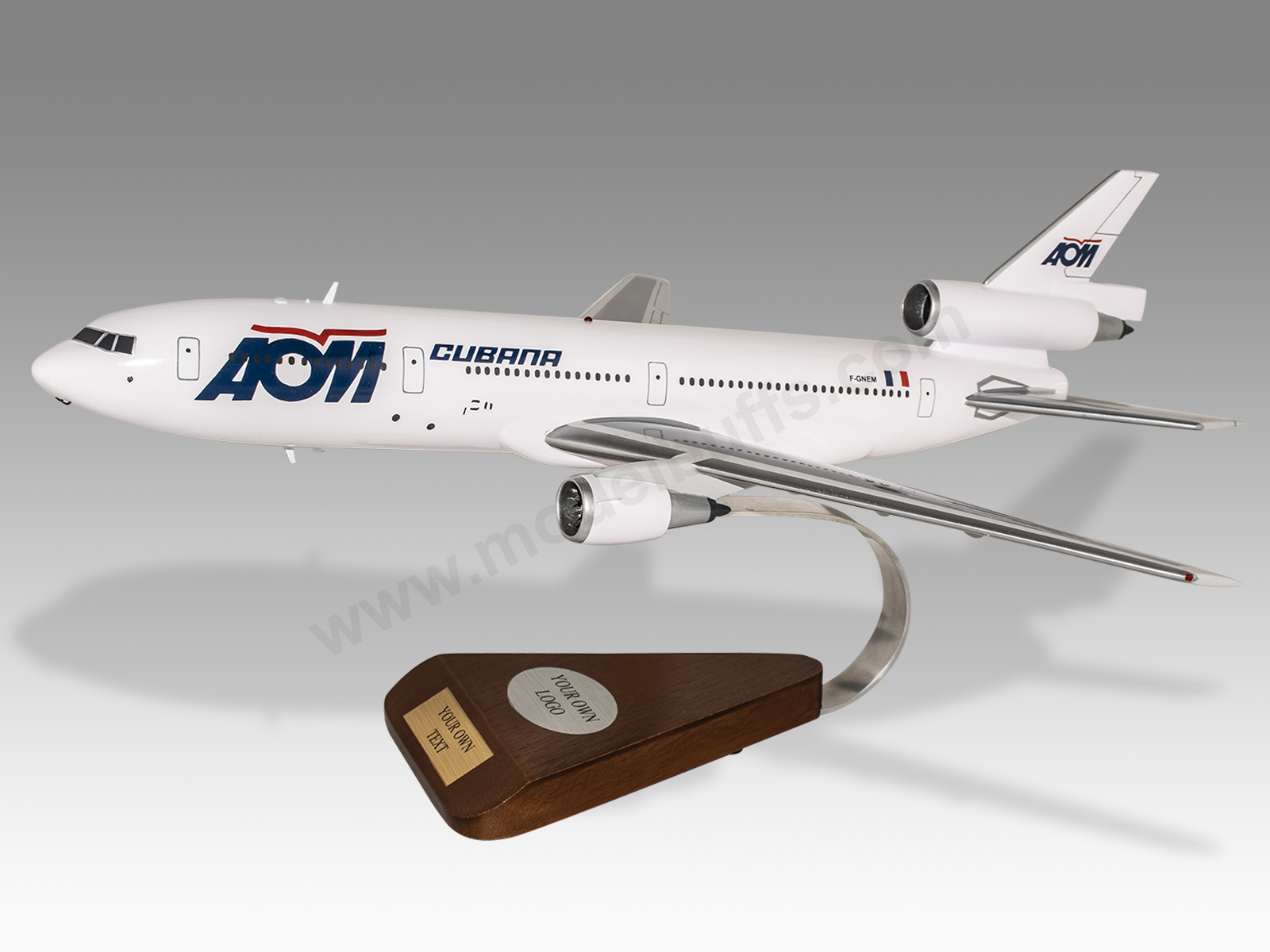
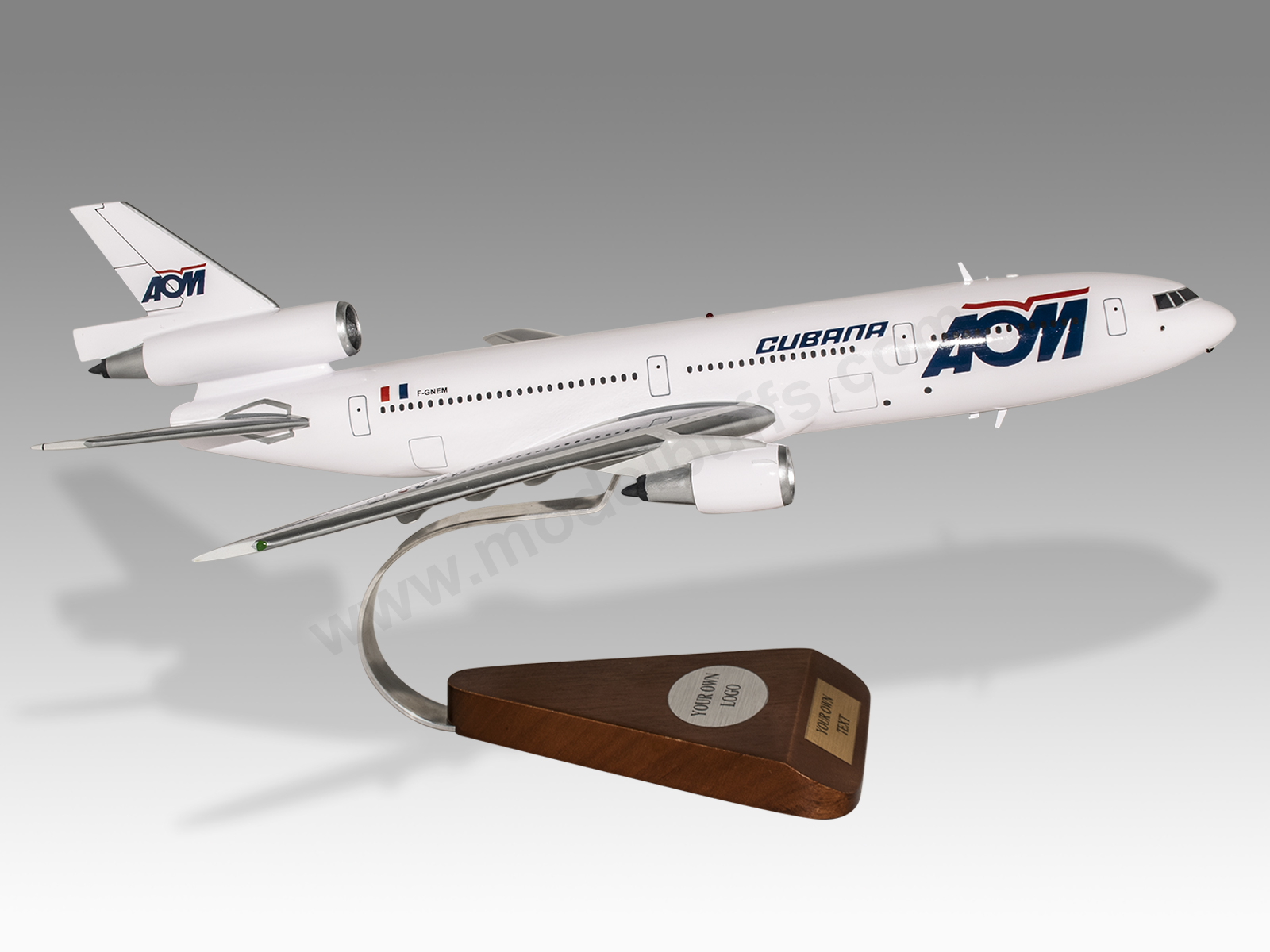

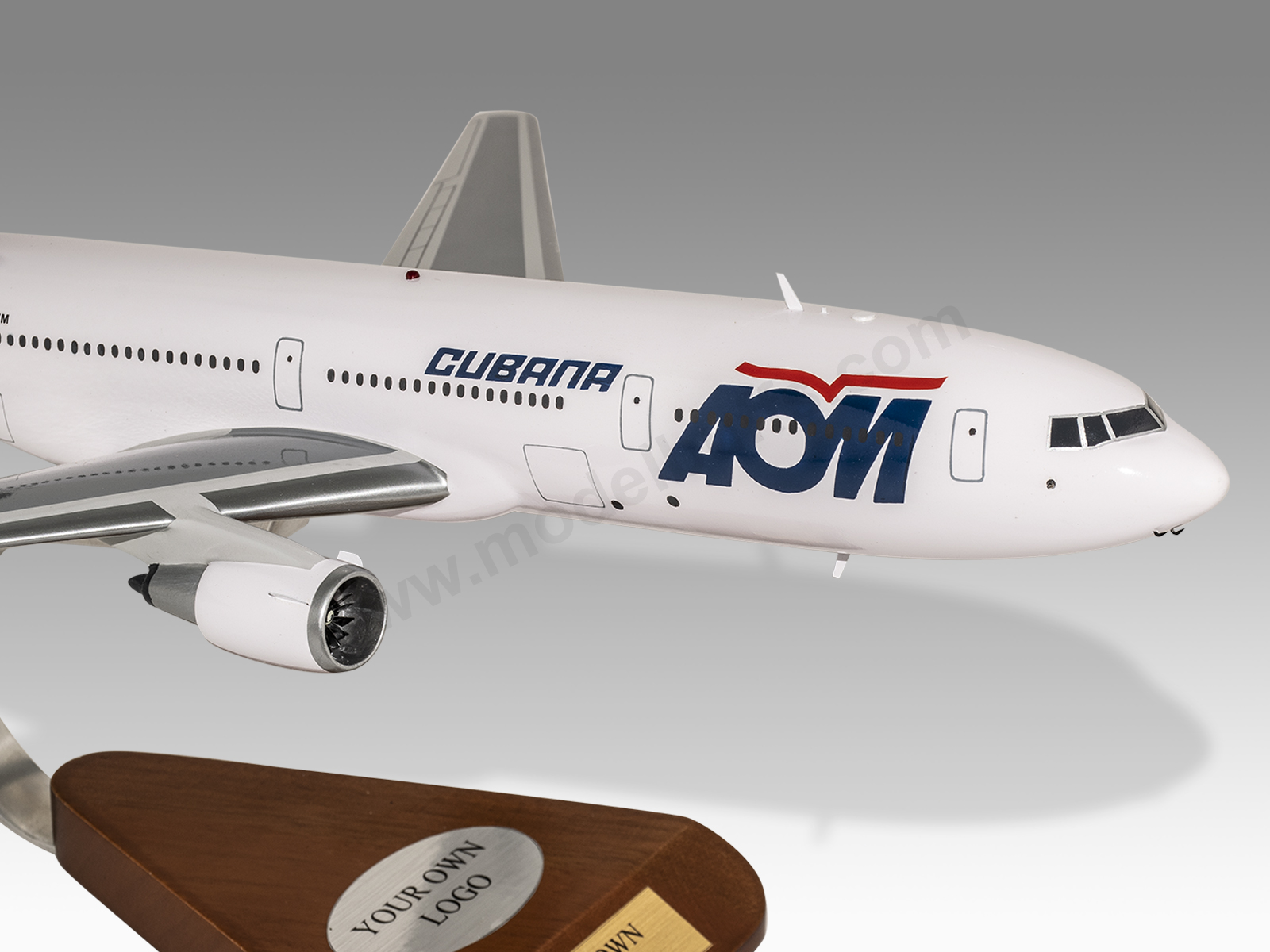
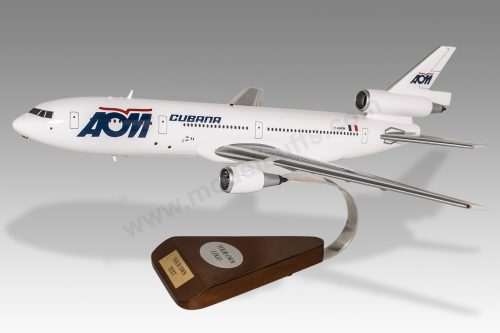
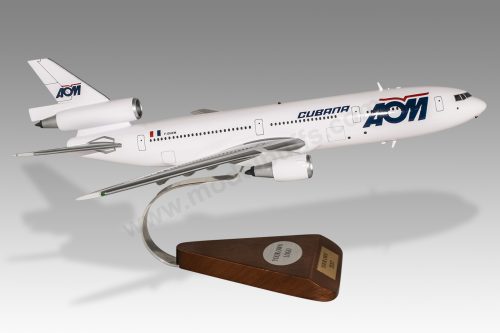

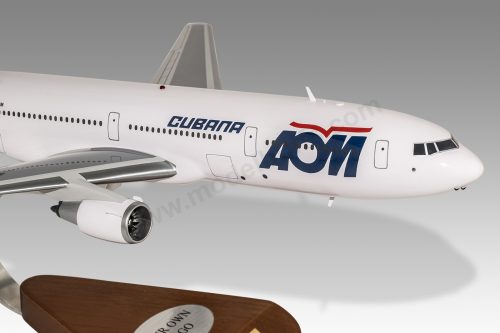
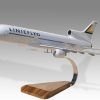
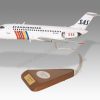
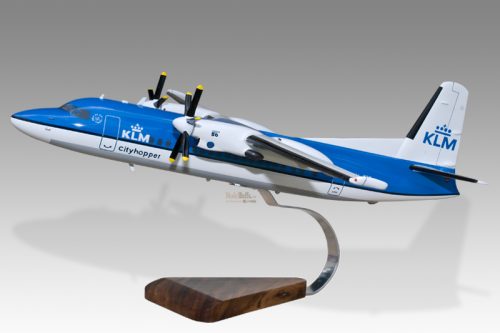
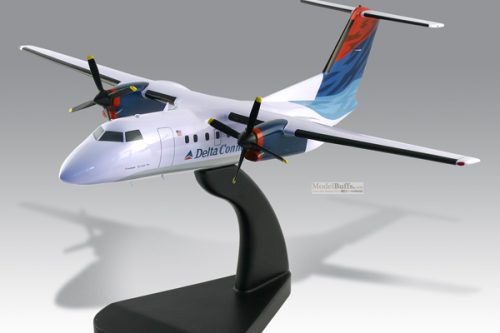
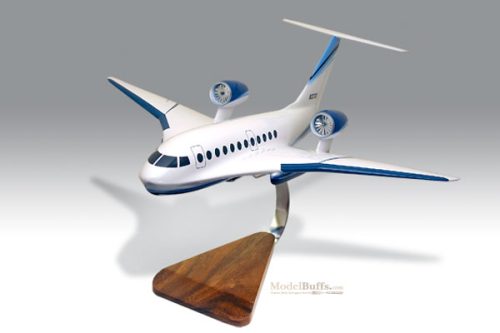

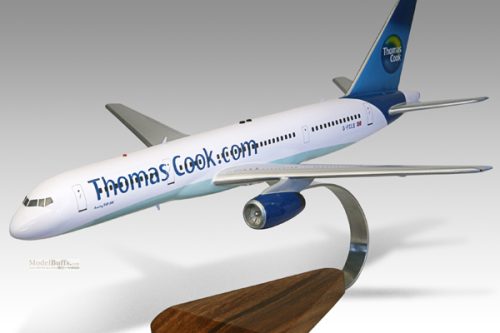
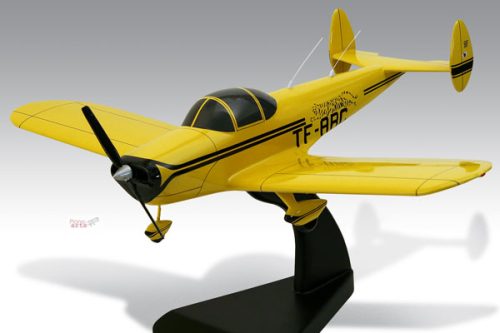
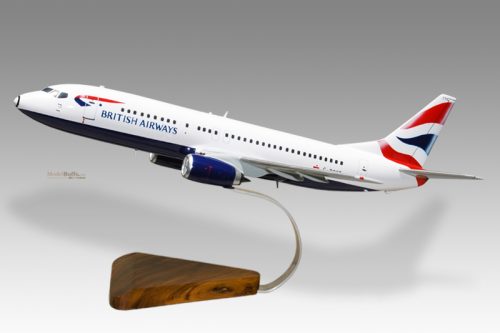
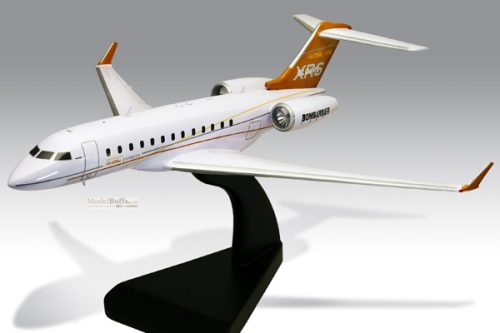
Reviews
There are no reviews yet.